32kHz and 32.768kHz crystals are physically large. The lower the resonant frequency, the larger the crystal - the higher the resonant frequency, the smaller the crystal. So you might expect the case and leads to be larger than higher frequency crystals which obviously have leads that are strong enough to support the can, crystal, and all.
However what you find instead is that the can is just barely larger than the crystal itself, and the leads are very, very thin - not strong enough to support the weight of the can by themselves.
The reason these low frequency crystals have such seemingly poor packaging methods is due to the watch industry.
There are 1.2 billion watches sold each year. The majority of them are inexpensive digital watches, requiring a small, 32kHz crystal. The crystal can is securely fixed inside the watch body using pressure or glue, while the leads are soldered to the circuit board. There is no need for strong, supportive leads.
So to keep the cost of hundreds of millions of crystals low, the leads are thin, the can is small and thin, and it's produced as inexpensively as possible. This enables cheap, small, lightweight watches.
As a result, these crystals are extraordinarily inexpensive - in their existing form. You can get more expensive 32kHz crystals with better mechanical fixing, but they cost 10 to 100 times more in quantity than these inexpensive watch crystals.
Some manufacturers have adapted them by bending the leads and putting them into reel packaging appropriate for surface mounting use, suggesting a pad and soldering layout that allows the can to be affixed using solder. Since the boards are already going through a solder paste, placement, and oven process, this requires no extra steps, such as gluing, hand soldering, wave soldering, etc and reduces the labor required to use these devices.
So this all comes back to using a part intended for another big industry in your design, and having to deal with the tradeoffs that suit the other industry, but might have to be accounted for in your design.
